People love calling bison “buffalo,” especially in the US, but technically, they’re not the same animal.
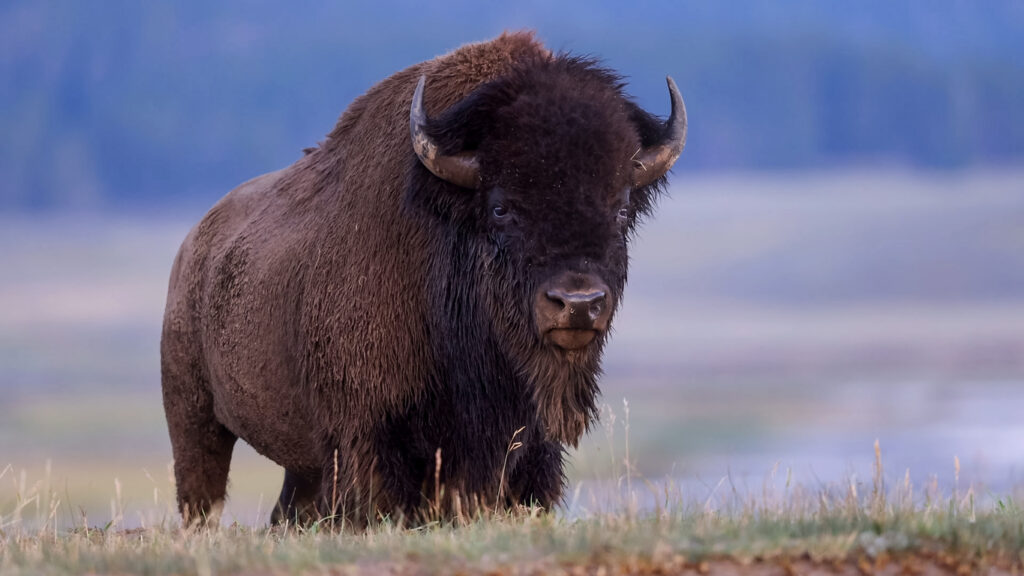
The confusion’s been going on for centuries, which makes a lot of sense. They do look pretty similar, at first glance, and they’re definitely related in the animal world, so they’re easy to mistake for one another. In other words, if you’ve mixed them up, you’re not alone. Here’s how to actually tell them apart once and for all—no biology degree required.
1. They live on different continents, for starters.
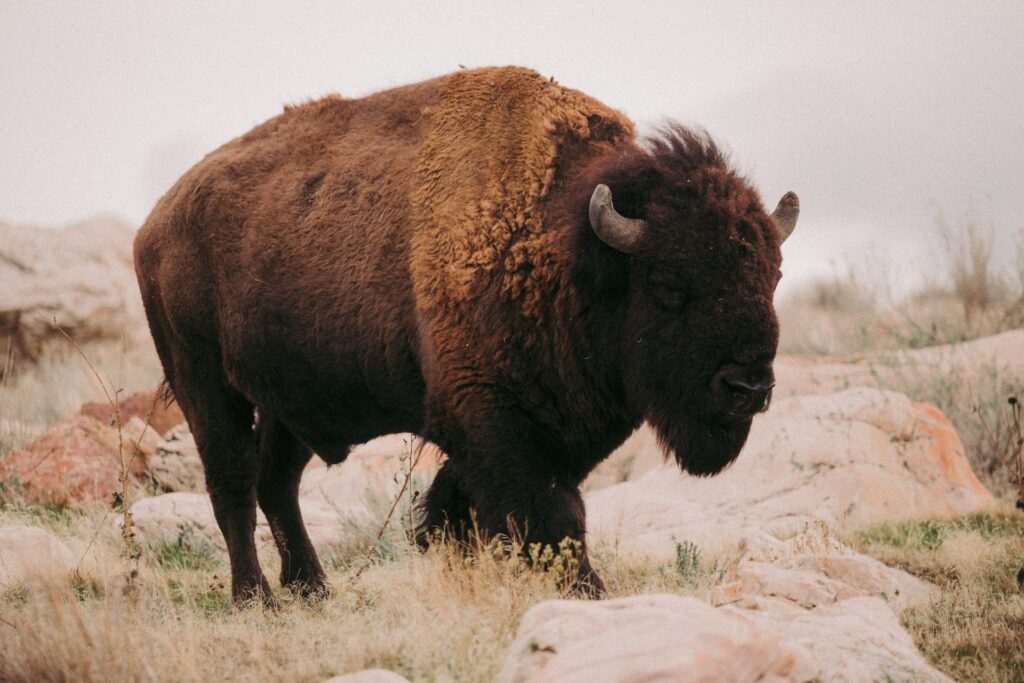
If you’re looking at a big, shaggy animal in North America, it’s a bison. True buffalo, like the African buffalo and the Asian water buffalo, live on completely different continents. The only wild bison left are in North America and parts of Europe. The “buffalo” nickname came from early settlers in the US, but it stuck, even though what they were actually seeing were plains bison. Real buffalo? Nowhere near the Wild West.
2. Bison have humps—buffalo don’t.
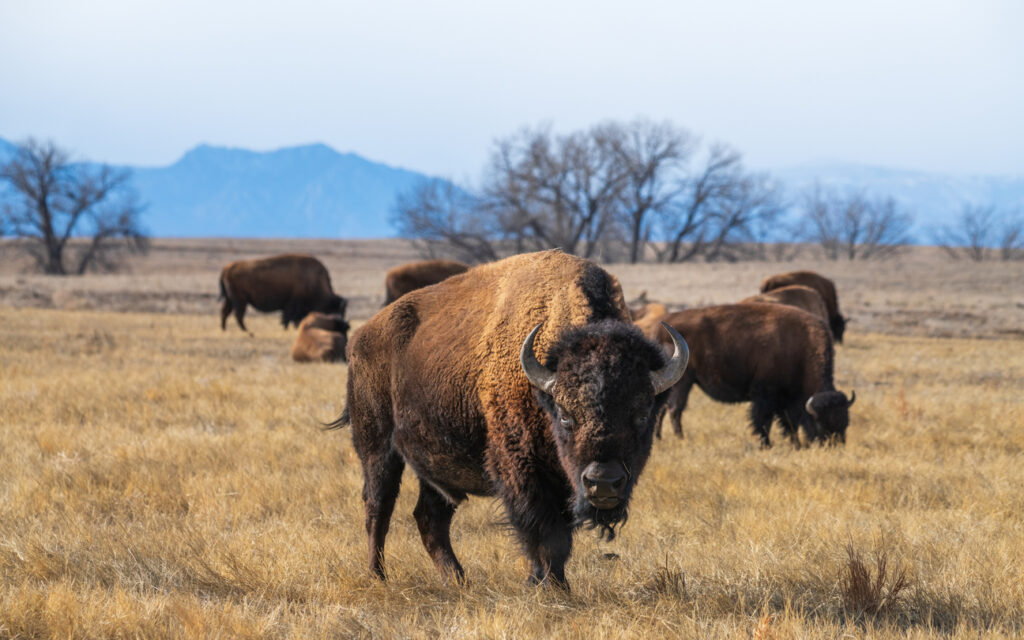
One of the easiest ways to tell the difference is the massive shoulder hump. Bison have a big muscular hump over their front legs that helps them plough through snow and carry their huge heads with ease. Buffalo are hump-free. Their backs are more level, and their build is stockier without that dramatic shoulder rise. So if it’s got a big sloped upper body, you’re looking at a bison, not a buffalo.
3. Buffalo have big, curved horns.
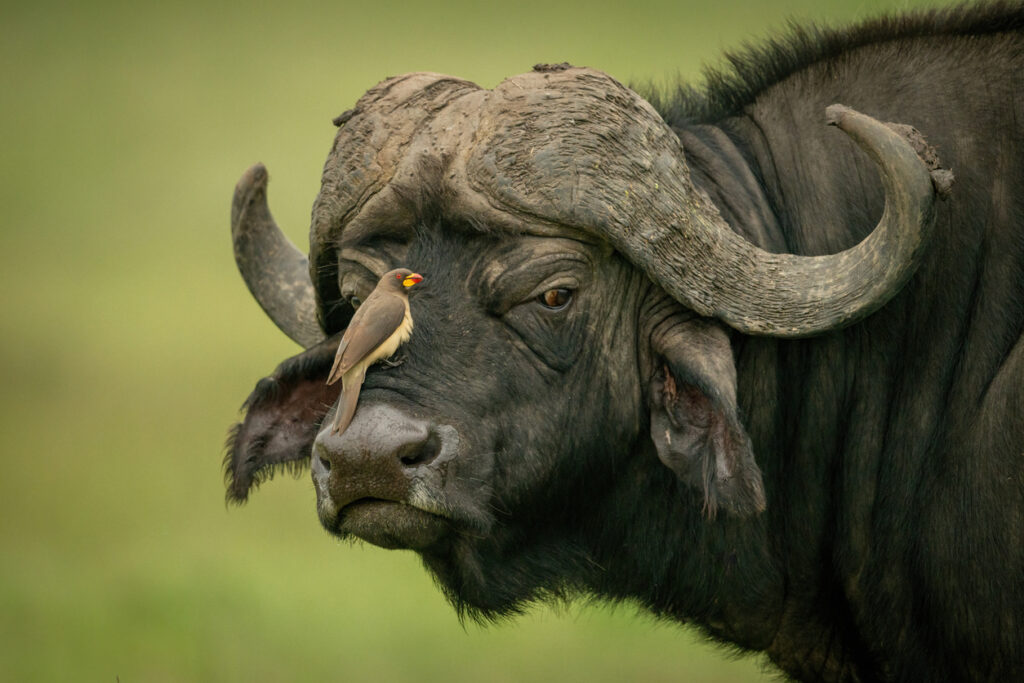
African buffalo have those iconic horns that curve downward and then up, almost like a thick handlebar mustache. Water buffalo, on the other hand, have long, crescent-shaped horns that fan out sideways. Bison horns are much smaller and shorter—more upright, less flashy. So if the horns are dramatic and sweeping, it’s probably a buffalo. If they’re short and pointy, it’s a bison.
4. Bison have thick fur—buffalo don’t.

Bison are built for cold climates. They’ve got dense, woolly coats and big beards that keep them warm during snowy winters on the plains. In fact, their fur sheds in the warmer months in giant clumps. Buffalo, on the other hand, live in warmer areas and don’t need that kind of insulation. They’ve got thin hair, usually just a short layer to protect them from the sun and occasional rain, not the full-on winter jacket that bison wear.
5. Their faces look totally different.
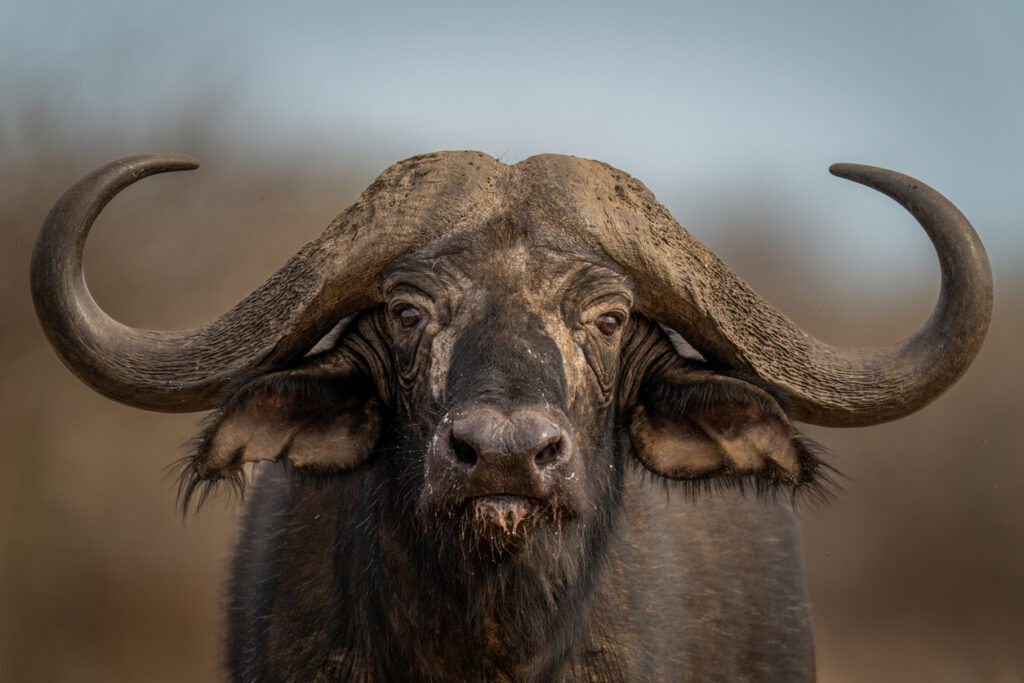
Bison have massive heads with a wide forehead, short snout, and lots of hair. They look kind of like they’re permanently scowling, thanks to all that fur and bulk up front. Buffalo have longer, leaner faces. They look more like big cows than something prehistoric. If the animal’s face is long and smooth-looking, it’s more likely a buffalo. If it looks like a tank with fur, you’ve got a bison.
6. They live in different types of habitats.
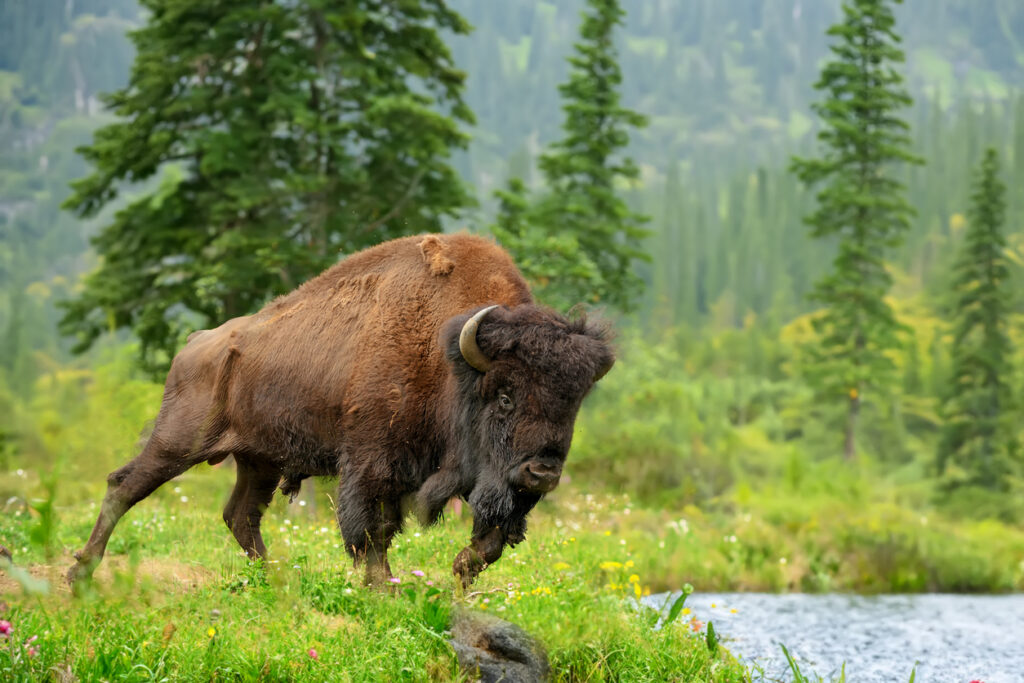
Bison roam open grasslands, prairies, and cold forests—places with wide-open space and harsh winters. They need room to move and lots of grass to graze on all year round. Buffalo prefer wetlands, swamps, and tropical savannas. Water buffalo, especially, are rarely far from rivers or marshes. Their bodies are more suited to muddy, hot environments where water is part of their daily life.
7. They behave differently in groups.
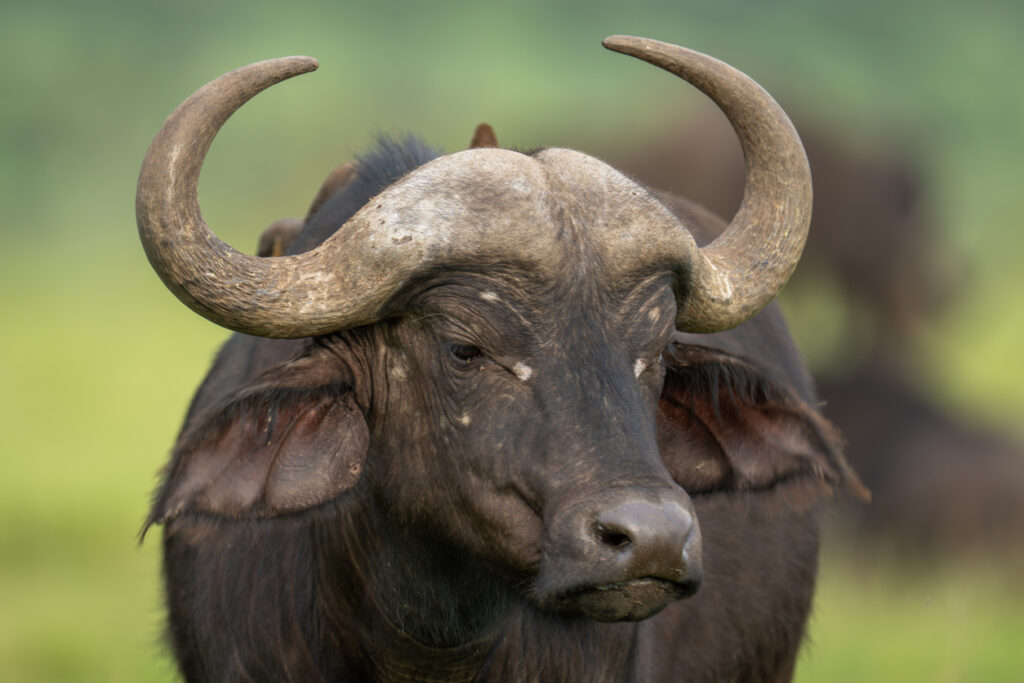
Bison tend to be a bit more solitary or stay in small groups, especially outside of calving season. They’ll form bigger herds when needed, but they often keep things more low-key and roam a bit more independently.
Buffalo, especially African buffalo, are incredibly social. They live in large, tightly bonded herds that look out for each other. And they’re known to be fiercely protective of their own, which is why they’re considered some of the most dangerous animals in Africa.
8. One is more aggressive than the other.
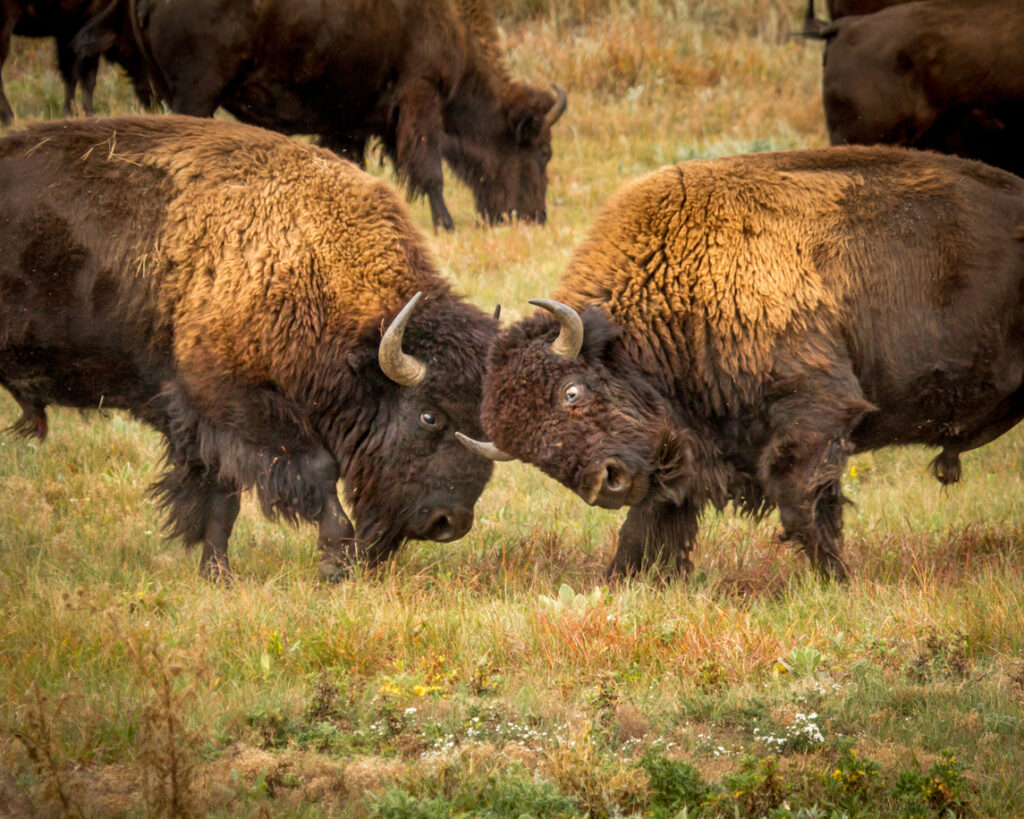
Bison can be unpredictable, especially during rutting season, and they’ll definitely charge if provoked—but generally, they prefer to mind their business. Most attacks happen when people get too close trying to take a photo.
Buffalo, especially the African cape buffalo, are famously aggressive. They’ve been nicknamed “Black Death” in parts of Africa and are known to attack without warning. They’ve even been recorded charging vehicles and circling back after an attack to finish the job.
9. They’ve been domesticated differently.
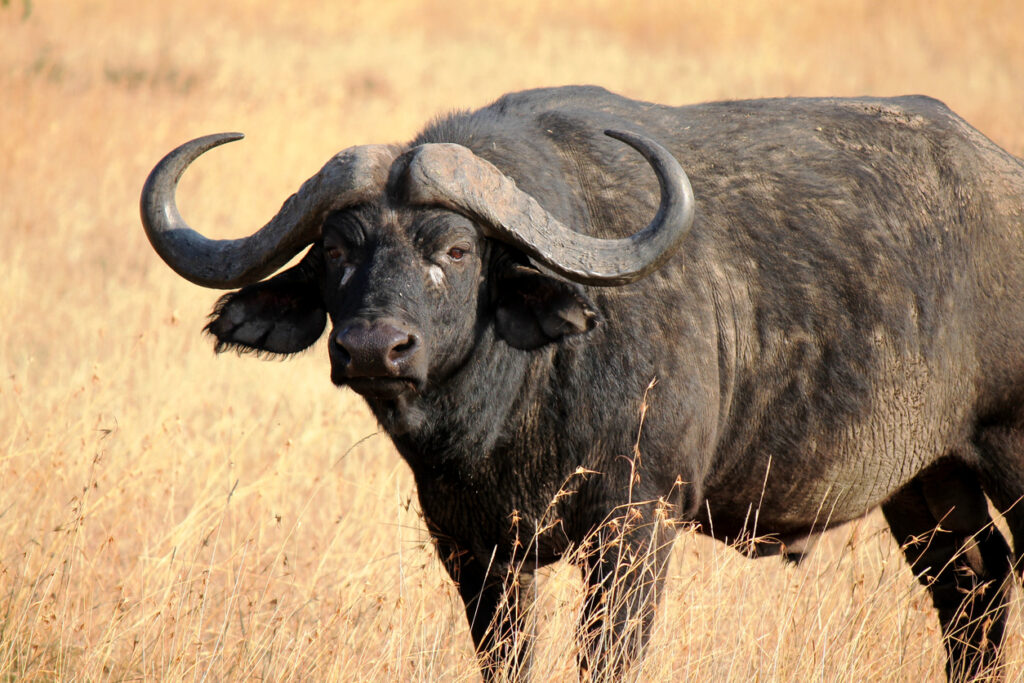
Water buffalo have been domesticated in Asia for thousands of years. They’re used for farming, milk, and transport, and are often treated like large, muddy cows. They’re strong, gentle workers when raised by humans. Bison? Not so much. While bison have been farmed in modern times for meat, they’re not truly domesticated. They’re wild animals at heart—less predictable, harder to train, and not interested in pulling carts or being milked.
10. Only bison are native to North America.
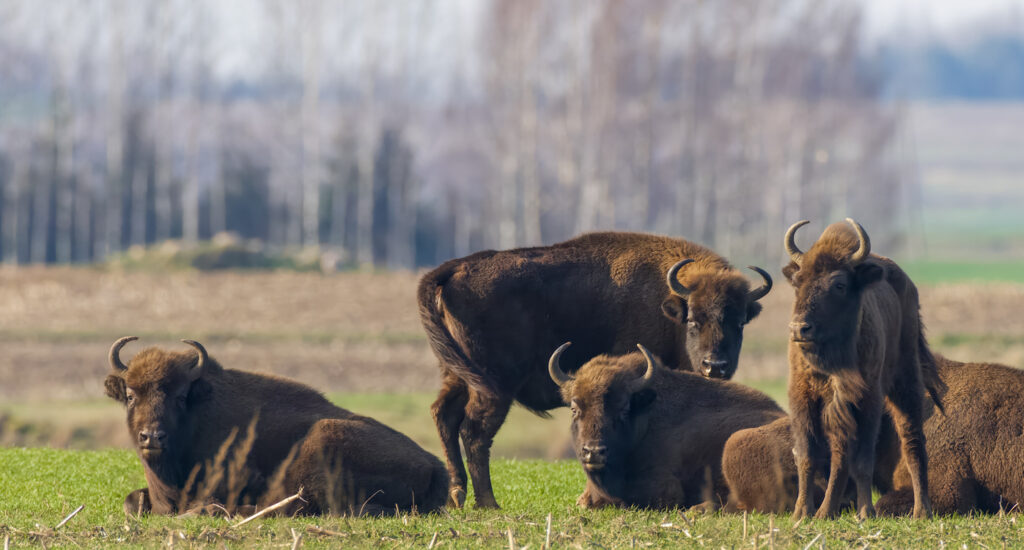
Despite the name confusion, true buffalo have never been native to North America. If you’re in the US or Canada and you see a big shaggy animal in a national park—it’s a bison. Full stop. The misnaming goes back centuries, but it stuck. Songs like “Home on the Range” and countless westerns cemented the name “buffalo” in popular culture, even though the animal in question was never a buffalo to begin with.